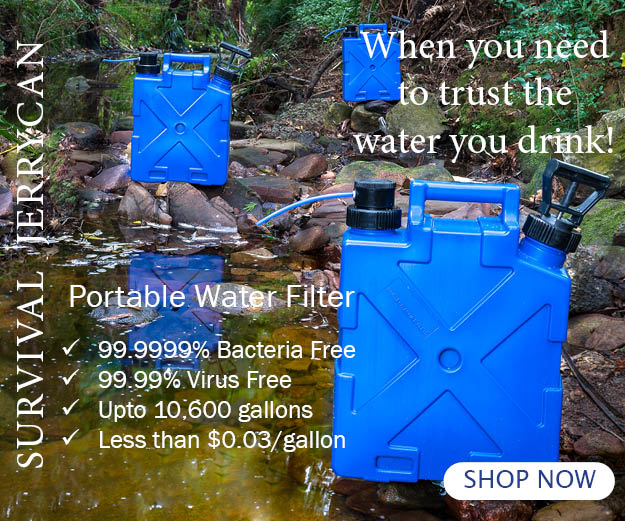How Can a Sure Aqua Product Lower Carbon Emissions?
Whenever the environment, climate change, and renewable energy are mentioned, we are invariably told we need to lower carbon emissions and adopt carbon-neutral lifestyles and business practices. But what is carbon neutral exactly?
To put it rather simply – Carbon neutral encompasses any activity which will reduce or reverse carbon emissions (Greenhouse Gas Emissions). Carbon Emissions are in part quite natural. However, many aggressively man-made carbon emissions are unnecessarily impacting the environment – the manufacture of plastic water bottles being of significant concern.
While many industries are establishing ‘green’ practices and seeking ways to produce environmentally friendly products, and governments are actively working within the guidelines of the Greenhouse Gas Protocol (GHG Protocol) advanced by the World Business Council for Sustainable Development and Natural Resources Institute, the focus is also on communities and individuals to reduce their carbon footprint – the number of carbon emissions they produce.
Going carbon neutral is not always easy or practical. Some people have no choice other than to drive their car to work. However, these same individuals may still work to live more eco-friendly lives by purchasing locally grown produce, thereby cutting down on the negative impact of transportation ‘food miles’ from distant markets, buying locally manufactured goods, planting trees and gardens, and so on.
The Negative Carbon Impact of Bottled Water
Forty-five billion plastic bottles for drinking water are manufactured, transported, and exported every year, driving up the levels of harmful Greenhouse Gas – estimated at 62g of emissions per one-liter bottle. The bottles also create 124 million cubic meters of landfill and pollute the environment, as less than 1/3 of drinking water bottles are recycled.
When you’re traveling, the use of environmentally harmful bottled water has to be balanced with the undeniable need for sources of healthy drinking water in places where there is no clean tap water, there is bacterial water contamination, the presence of Cryptosporidium or Giardia in the water, and sometimes with no adequate water sanitation.
Bottled Water Is Not the Only Solution
Bottled water is not the only solution to clean drinking water when you’re traveling. Hygienic, cheap, and close to carbon-neutral Sure Aqua water purification products, using micro-filtration/ultra-filtration technology, are the answer.
Sure Aqua strives to provide solutions to allow you to reduce your carbon footprint. By using Sure Aqua products and eliminating the purchase of bottled water, it’s estimated an average family who usually drinks bottled water could quickly reduce their carbon footprint by around 3.2 tonnes of CO2 each year.
The carbon footprints we leave today will affect our world well into the future. Sure Aqua provides a safer, greener way for you to reduce your carbon emissions and safeguard your health.


